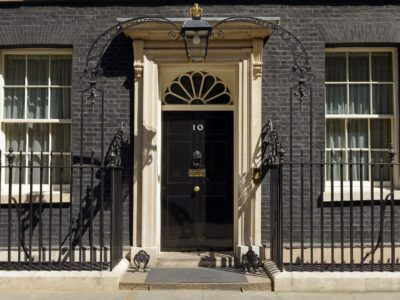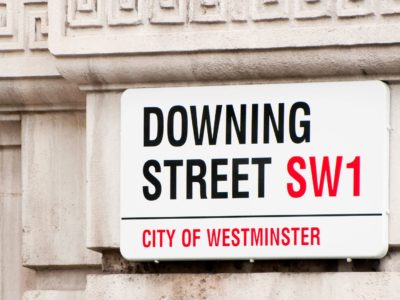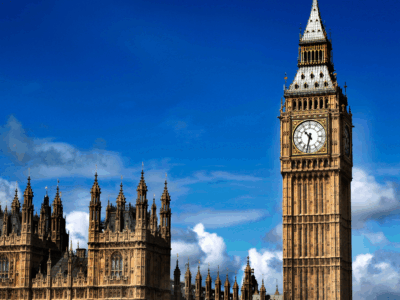Greater London was the area with the greatest number of unoccupied dwellings in 2018, with 22,481 properties deemed long-term vacants, according to a new report by HomeProtect.
Across England as a whole, 216,186 properties were found to be unoccupied.
The numbers come at a time when Greater London is estimated to be home to 3.5 million properties in total. HomeProtect’s report added that 19 in every 500 homes in the City of London were unoccupied.
The report found that eight per cent of London’s vacant dwellings were found in the Borough of Southwark alone.
Birmingham came second in the list, with 4,283 unoccupied properties in 2018, followed closely by Durham, with 4,130 empty dwellings, and Bradford, where 4,090 homes were long-term vacants.
The findings come after a report by Nationwide and Action on Empty Homes, which found that the number of empty properties in the UK in 2018 had risen to a post-2009 high of 216,000 properties, closely matching HomeProtect’s own data.
Metropolitan areas top list
Emily Evans, an estate agent who collaborated with HomeProtect on the report, commented on the findings. She said: “Multi-millionaires will buy properties with no intention of even using them as a home or holiday home, but purely to be held as an investment.”
She continued: “Another reason is Airbnb – the government has made it difficult to be a landlord, meaning landlords are now selling up or choosing to adopt the ‘Airbnb’ holiday home model, over a traditional residential let.”
Many of the areas with the most unoccupied properties were found in metropolitan areas where purchases were being made for investment purposes, but coastal towns and cities were also revealed to be experiencing an increasing number of empty dwellings.
Miss Evans explained that an increasing number of coastal properties were being purchased as holiday homes, and that they were often old cottages, which required extensive work before they could be occupied.
An increasing trend?
Home Protect examined government data between 2013-18, which signified that there had been a 0.06 per cent increase in unoccupied properties in that period, suggesting an apparently minimal change.
Despite this, a decline to 200,145 empty dwellings was observed between 2013 and 2017, but a bounce in 2018 was responsible for the marginal change overall, during the five-year period.
The City of London and Croydon both saw an increase in empty dwellings of 81 per cent between 2013-18, but Westminster observed a decline in unoccupied properties of 394 per cent during the same period, reflecting wide variances of activity to be found within the same city.
The Isles of Scilly, which had no empty properties in 2013, saw a 100 per cent rise in them, as nine properties became vacant by 2018, likely owing to rising demand for holiday homes in the area.























Comments